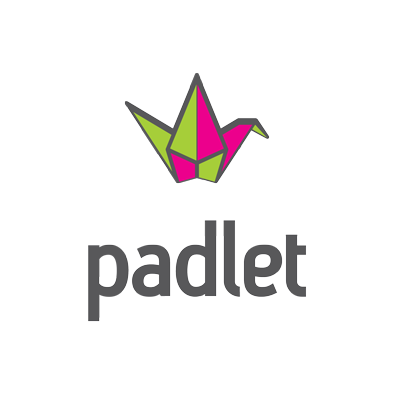ENGLISH 11 ALABAMA COURSE OF STUDY STANDARD
14. Participate in collaborative discussions involving multiple cultural and literary perspectives, responding to, contributing to, building upon, and questioning the ideas of others with relevant, appropriate evidence and commentary. (Critical Literacy - Expression - Speaking)
This application is a discussion-based digital tool for educators that allows students to interact with one another on roundtable discussions, live or student-paced, and allows allows teachers to facilitate a controlled digital collaborative discussion through teacher controls and the option to give students the names of famous pioneers in academia. Parlay has a free teacher trial that includes 12 roundtable discussions, the ability to post directly to Google Classroom, all with no time limit. They also have a Paid Teacher License ($120 a year), 5-Teacher Pack License ($720 a year), and a District License ($3 per student per year). All of the "premium" accounts feature the same additions: unlimited roundtables, unlimited students, and unlimited prompts by demand. The intended age group for Parlay is middle school and beyond. Due to some of the more complex commenting and collaborative features, it would not be appropriate for elementary grades. Parlay is online-based without having to download the application from an app store, so it makes it accessible on any device that can access the internet. The review that is posted above is provided by Common Sense for Education, which is the nation's leading nonprofit organization dedicated to improving the lives of all kids and families by providing trustworthy information and education. Common Sense for Education is a well-respected organization.
Much like Parlay, this application is a discussion-based digital tool for educators that allows students to interact with one another in multiple formats: wall, canvas, shelf, stream, grid, timeline, and map. Teachers design the background of the interactive board, adding sections or points that students can add to the discussion. Students are able to comment on and like each other's comments. Parlay has a free teacher version that includes 3 Padlet boards at any one time. They also have a Paid "Upgraded" Teacher License that is $10 a month or $96 a year. The upgraded plan includes unlimited Padlet boards and a higher upload speed. The intended age group for Padlet is intermediate school and beyond. Due to its very simple and streamlined design, it would be appropriate for a wide age-range of students. Padlet is online-based without having to download the application from an app store, so it makes it accessible on any device that can access the internet. The review that is posted above is provided by Common Sense for Education, which is the nation's leading nonprofit organization dedicated to improving the lives of all kids and families by providing trustworthy information and education. Common Sense for Education is a well-respected organization.
Much like Parlay and Padlet, this application is a discussion-based digital tool for educators that allows students to interact with one another; however, with Google Jamboard, students are interacting primarily on a digital whiteboard with the option to add pictures, add text, add sticky notes, add shapes, and add drawings. Teachers design the background of the Jamboard, then give students editor access by sharing a link with editing permissions. Students are able to interact in real-time with one another on the same whiteboard in a collaborative discussion. Google Jamboard is free to use, as long as one has a Google Account, which is also free to set up. There are no upgrades to Google Jamboard, as it is an entirely free application; however, Google offers its own version of the Promethean ActivPanel called the "Google Jamboard" that is meant to streamline with the application. They cost around $4,999 with a one-time support fee payment of $600. The intended age group for Google Jamboard is intermediate school and beyond. Due to its very simple and streamlined design, it would be appropriate for a wide age-range of students. Google Jamboard is online-based without having to download the application from an app store, but also offers a downloadable application for better mobile features. Both of these options make it accessible on any device that can access the internet. The review that is posted above is provided by Common Sense for Education, which is the nation's leading nonprofit organization dedicated to improving the lives of all kids and families by providing trustworthy information and education. Common Sense for Education is a well-respected organization.
Which is the best?
Click this link to view and play around with a grammar Google Jamboard I have used in my classes in the past.



Alexa, I think all three of these apps are fabulous! Jamboard has come a long way in the last couple of years now that it has had much more exposure due to Covid, but I feel like it is still lacking in some areas compared to what can be added to a whiteboard/wall in Padlet. One of the biggest things I think Jamboard would benefit from is the simple ability to add in links and link out text. I totally agree with your statement about needing to be able to see who is posting on the Padlet. There are benefits to both and downsides to both.
ReplyDeleteParlay is newer to me. I discovered it about a year ago and still haven't had an opportunity to explore it and see it in action. In speaking with another teacher who implemented it, she found it to be very successful and really helped to deepen discussion in her ELA class. Thank you for sharing!